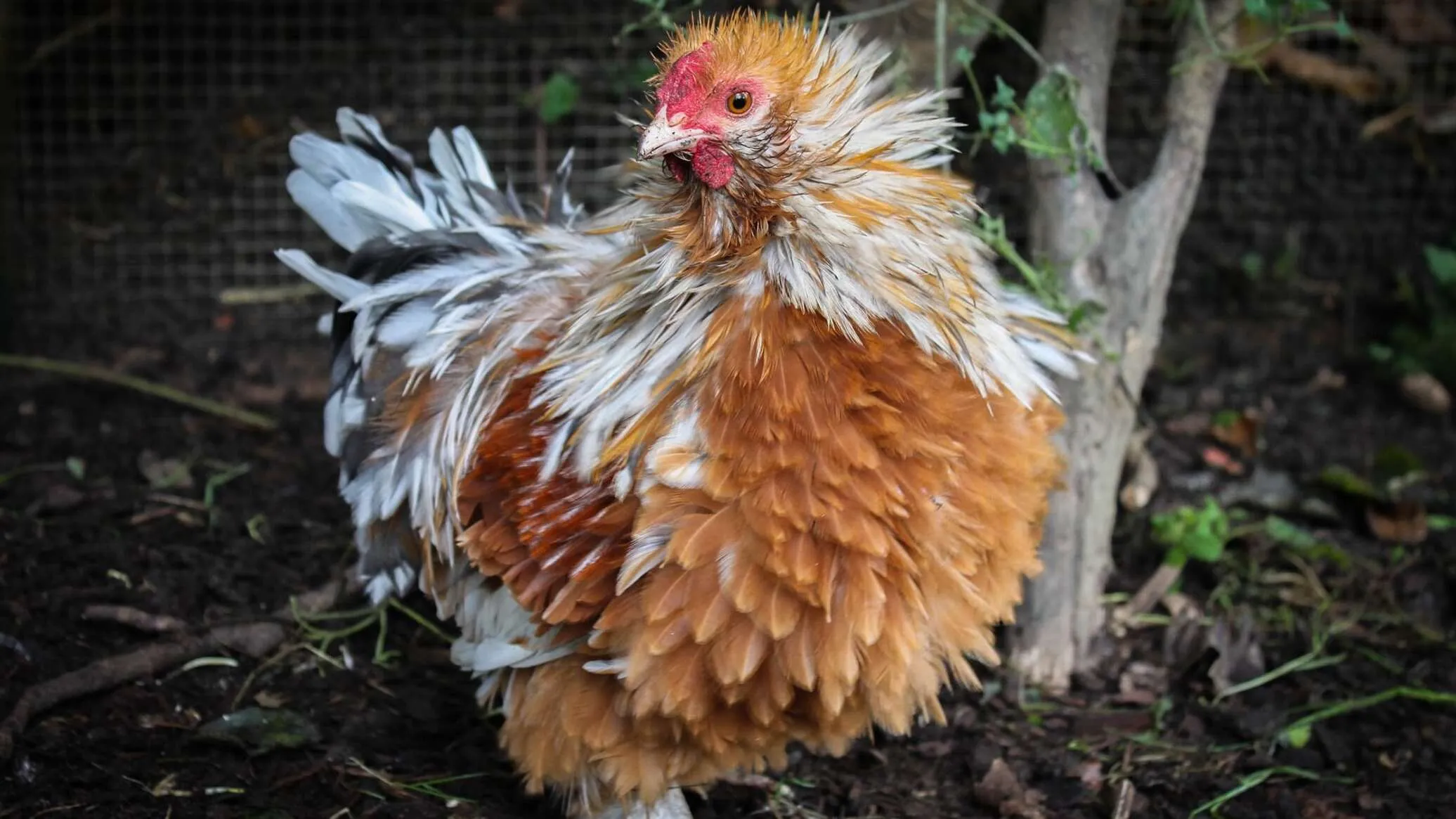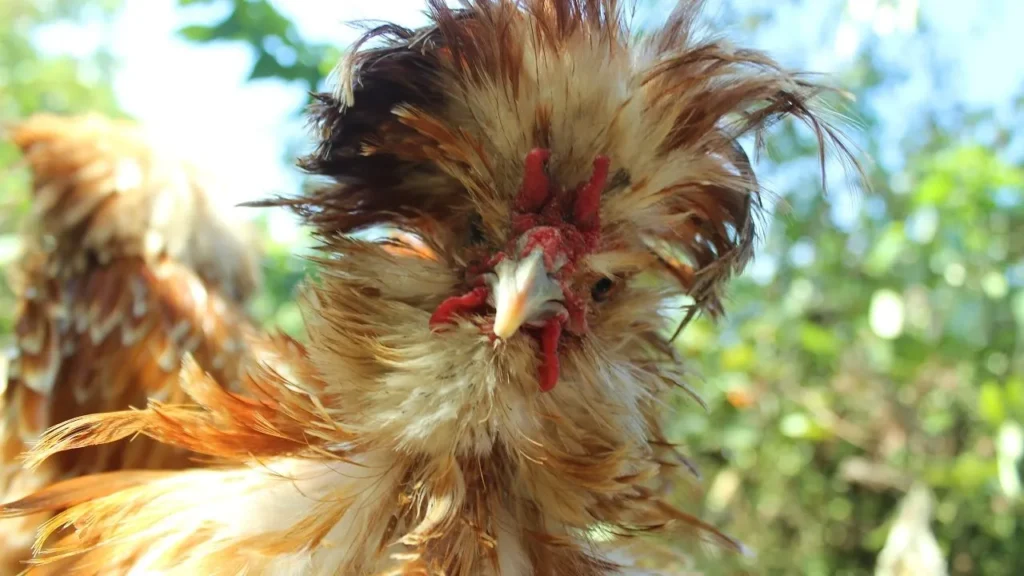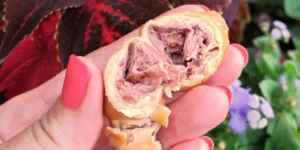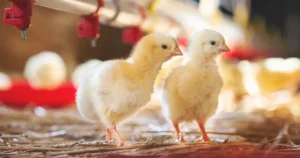Coop Adventures: Your Complete Guide to Raising Happy Frizzle Chickens
Alright, I am going to explain the day my chicken keeping existence became a lot more fascinating, the day I...

Alright, I am going to explain the day my chicken keeping existence became a lot more fascinating, the day I brought home my own Frizzle chicken. To tell the literal truth, I was merely shopping around a fowl show near home, and just glanced at some fresh layers when I saw them. it was such a sight as though a flock of pom-poms, all fluffy and feathery, had got up and were walking about! I became addicted at a glance. Their feathers were not flat, they turned out- and up- in the most delightful, most amusing fashion. Of course I was obliged to have some. Learn more by reading this Wikipedia Report.
But let me tell you, bringing home these unique birds taught me quickly that while they share many needs with other chickens, Frizzle chickens require some specific care considerations. After diving deep into resources like the fantastic care guide on Kalmbach Feeds and the breed overview on Chicken Coop Company, plus my own hands-on experience, I want to share everything I’ve learned. Consider this your friendly, practical guide to welcoming these curly-feathered charmers into your backyard.
Key Takeaways for Your Frizzle Journey:
- Shelter is Supreme: Protecting your Frizzle chicken from rain, wind, and extreme temperatures is the absolute cornerstone of their care. A dry, draft-proof coop and covered run areas are non-negotiable investments.
- Feathers Need Forethought: Their unique plumage is stunning but demands attention. Understand its limitations regarding weatherproofing and fragility, and handle them gently to minimize breakage. Regular health checks are vital.
- Source Responsibly: If you want to breed or even just buy Frizzle chickens, ensure they come from ethical breeders who pair Frizzles only with smooth-feathered birds to prevent the birth of unhealthy Extreme Frizzles (Frazzles). Ask questions about their breeding program.
First Impressions: What Exactly Is a Frizzle Chicken?
Before we get into the nitty-gritty of care, let’s clear up what makes a Frizzle chicken so special. Essentially, a Frizzle isn’t actually a distinct breed on its own. Instead, it’s a specific feather type caused by a particular gene. This gene can pop up in many established chicken breeds – Cochins, Polish, Silkies, Plymouth Rocks, you name it! So, when you see a Frizzle chicken, you’re seeing a chicken from one of these breeds that just happens to have this unique, curly feather mutation.
The American Poultry Association (APA) in fact admits Frizzle as a separate variety in those breeds in which the characteristic is prevalent. Due to this, Frizzle chickens may differ significantly in size, color, and temper (as well) based on the breed they are founded on. But they have in common that distinctive, feathery, corkscrew feathers that makes them look like they just walked out of a salon blower-dry which got out of control! This distinctive appearance is what makes attending to Frizzle chicken somewhat similar.
Read More : Living Smart with Diabetes: A Journey Toward Balance
Setting Up the Perfect Frizzle-Friendly Home
Because of their feather vulnerability, creating a safe and comfortable environment is paramount for a Frizzle chicken. Here’s what I’ve prioritized in my coop and run setup:
- Dry, Draft-Free Coop is Essential: This cannot be stressed enough. Their coop must be completely waterproof and free from drafts, especially at roosting height. I double-checked all my coop seams and added extra shingles to the roof after my first winter with Frizzles. Good ventilation is still crucial above head height to prevent respiratory issues from ammonia buildup, but avoid any direct cold drafts blowing onto their roosts. Next, I use extra-deep, absorbent bedding (like pine shavings) and change it frequently to ensure it stays dry.
- Run Considerations: Shelter from the Elements: My run has a large, covered section with a solid roof. This gives my Frizzle chickens a dry place to hang out, dust bathe, and forage even when it’s drizzling or the sun is blazing hot. I also positioned windbreaks (like tarps or planted shrubs) on the prevailing wind side. If your run doesn’t have a roof, a simple tarp shelter or a small covered coop within the run makes a huge difference. Always ensure they have easy access to get out of bad weather quickly.
Feeding and Watering: Fueling the Fluff
Luckily, when it comes to basic nutrition, Frizzle chickens don’t need a special diet different from other chickens. However, their unique needs mean paying extra attention is wise:
- Commercial Layer Feed: High-quality commercial layer feed (crumbles or pellets) is the base of their diet because it contains all the necessary nutrients. Since their feathers are in a continuous growth state and that they may be most likely to suffer stress, I make their food rich in proteins (approximately between 16-18 %) and key vitamins and minerals.
- Fun with Treats and Foraging: Frizzles like all chickens love treats and foraging! I provide mealworms, chopped greens, vegetables and scratch grains occasionally which are healthy snacks. Scavenging is great intellectual exercise. Nonetheless, I ensure that the percentage of daily food value of my pets does not exceed 10 percent in terms of treats to prevent food imbalances.

Health Check: Keeping Your Frizzles in Top Form
Generally, Frizzle chickens are robust and share the same common health concerns as other chickens of their underlying breed. However, their feathers demand some specific vigilance:
- Big Risks: As discussed, this is the number one health threat. A soaked Frizzle chicken can become hypothermic very fast, even in mild temperatures. Always check them quickly after rain or snow. If they get wet, gently towel-dry them (avoiding vigorous rubbing that breaks feathers) and place them in a warm, dry, draft-free area (like a dog crate with a heat lamp safely positioned) until completely dry.
- Parasite Patrol: All chickens can get external parasites like mites and lice. Because of their dense, curly feathering, these pests can sometimes be harder to spot initially on a Frizzle chicken. During routine handling (maybe for a quick health check or when they hop onto your lap), I carefully part their feathers near the vent and under the wings – prime parasite hideouts.
- General Chicken Wellness: Beyond the frizzle-specific concerns, practice good general chicken health habits. Quarantine new birds before introducing them. Watch for signs of common ailments like respiratory infections (sneezing, wheezing), bumblefoot (limping), or egg-laying problems. Keep their living area clean to minimize disease risk.
The Final Fluff: Why I Love Frizzles
Domestication of Frizzle chickens in my backyard has been very enjoyable. Admittedly, they need that tiny bit of consideration about what shelter and stay against the weather, but the price is tremendous. They are admittedly attention getters, and heads turn whenever friends come over. What is more important, they have turned out to be some of the most friendly, gentle, and entertaining chickens that I have ever kept.
I never tire of seeing their plump forms skipping about the run, or of hearing their soft clucks, or of having that special, soft plumage under my hand. It brings in a different personality and a lot of laughter in my day to day chicken work. Once you are ready to give them the particular shelter that they require, you will find that a Frizzle chicken (2 or 3!) will add that lovely touch of feathered fluff to your flock. All you have to do is remember this: Dry them, keep them draft-free and find a Harvard source to buy them.






